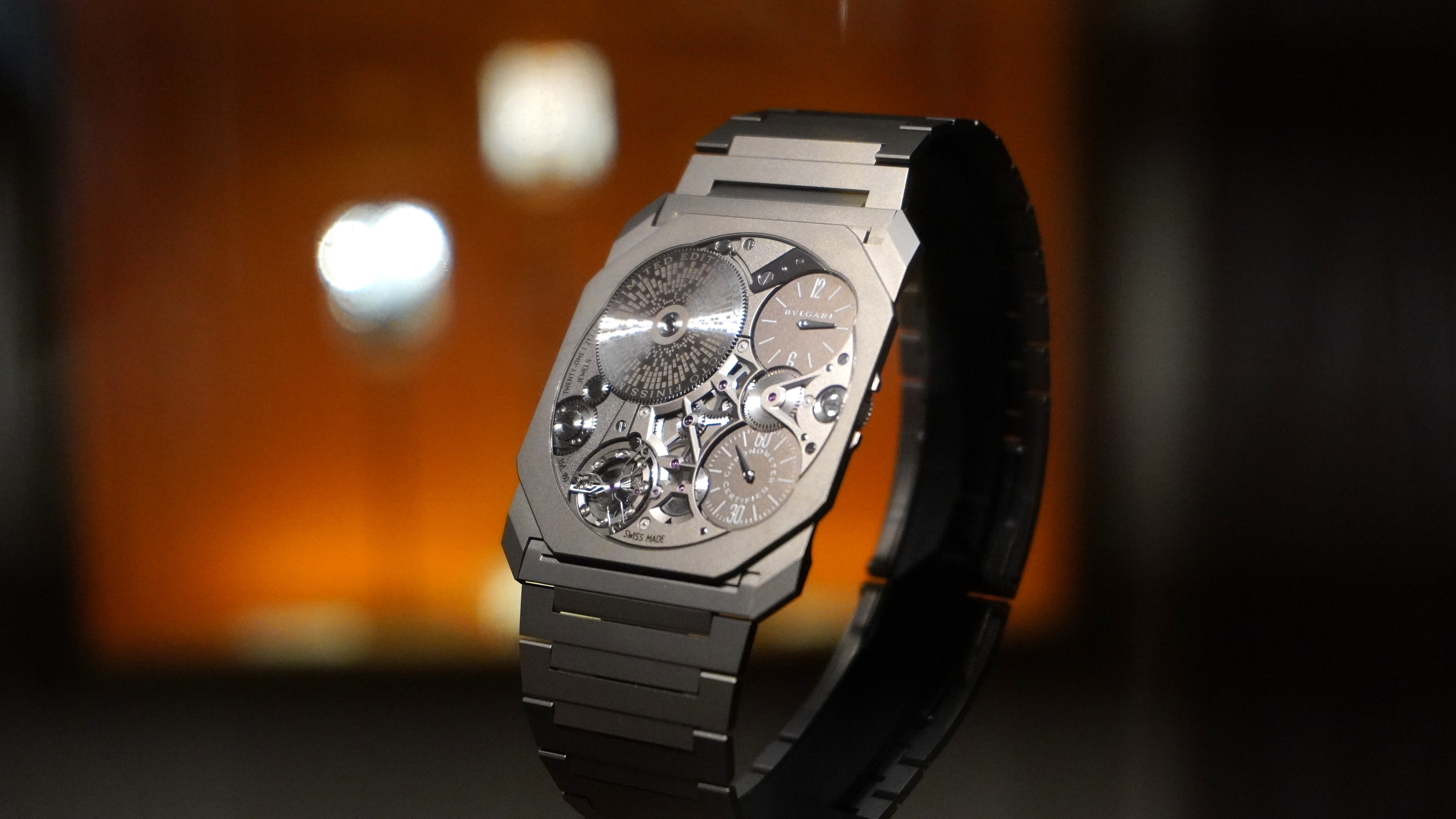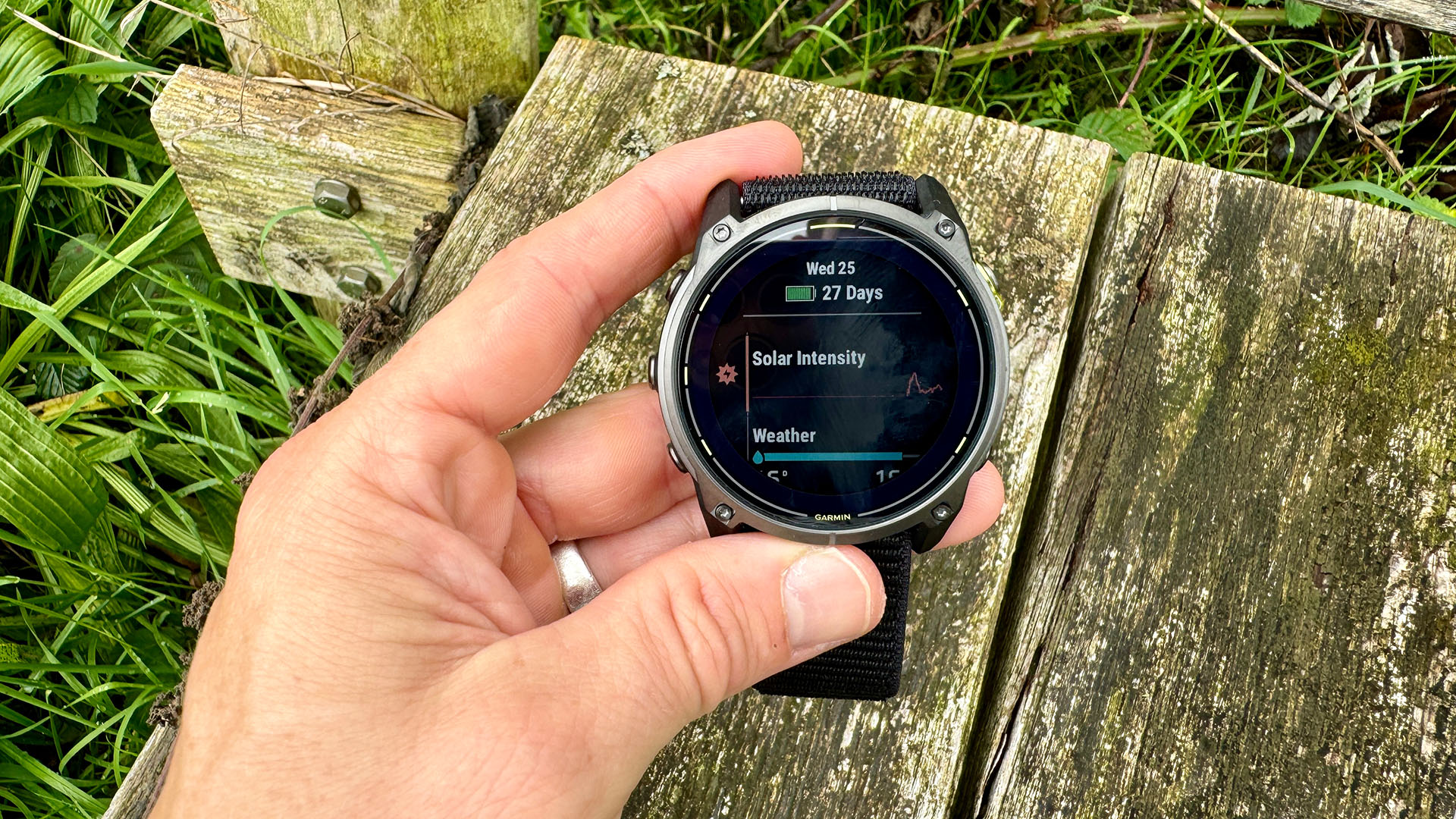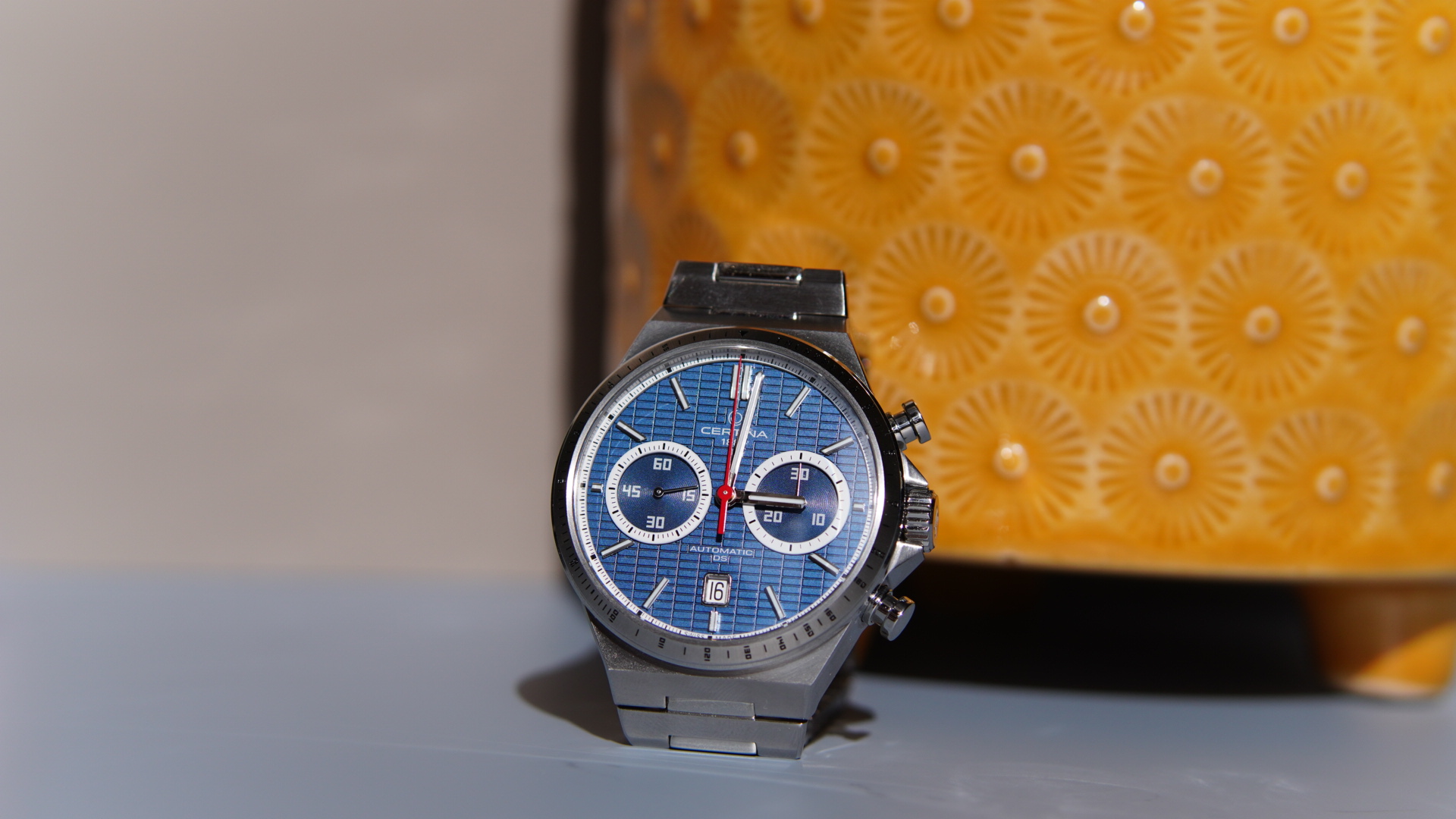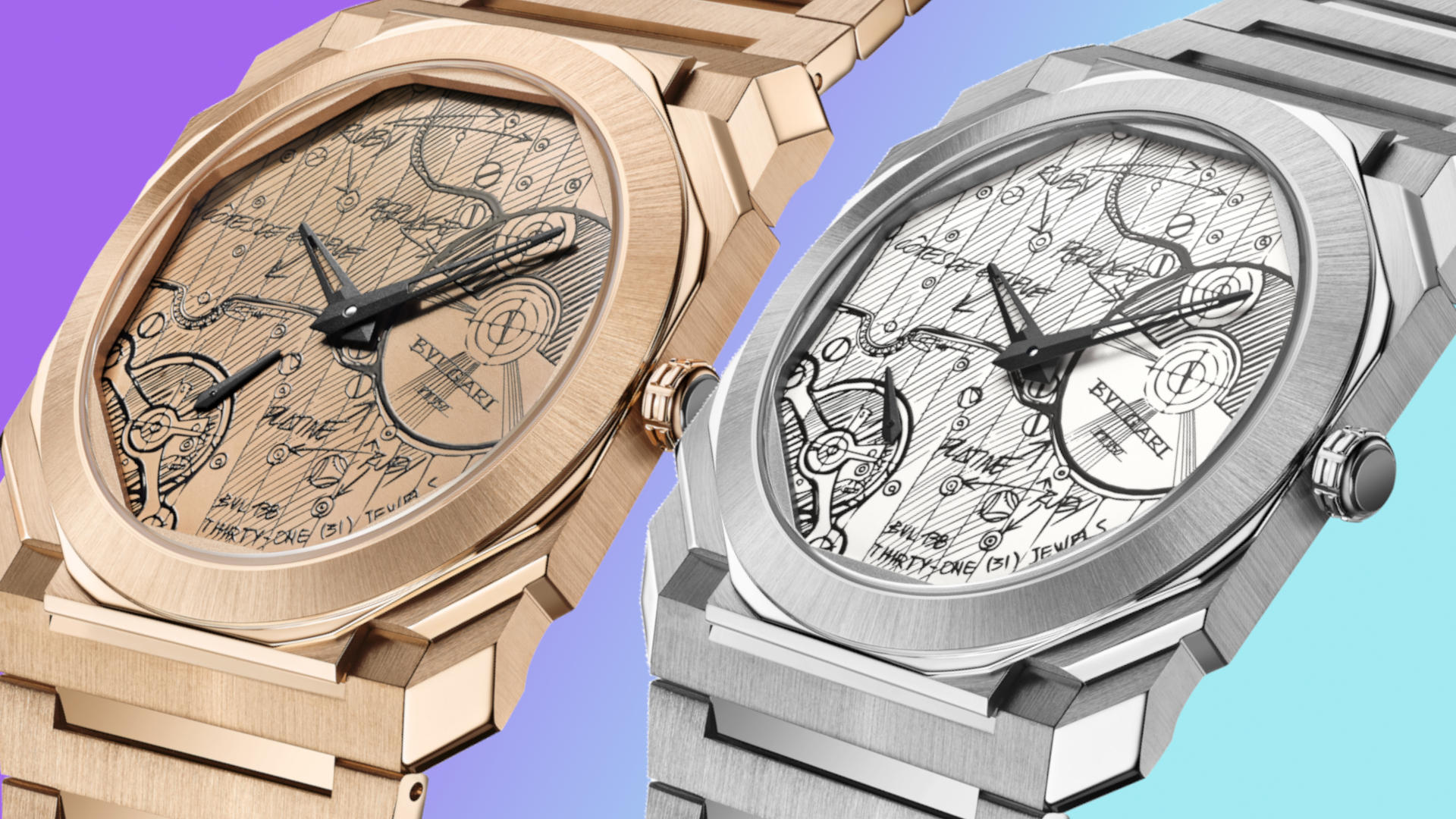
When you reach the absolute pinnacle of your sector, it's fair to think you might take your foot off the gas, somewhat. Once you've hit the highest heights it's possible to hit, you'd be forgiven for packing up and spending a few months on a beach.
That's not the approach Bulgari are taking, though. Despite announcing the Bulgari Octo Finissimo Ultra earlier this year at Watches and Wonders 2024 – officially the slimmest watch in the world – the brand shows no signs of slowing down.
I sat down with the Managing Director of Bulgari Watches, Antoine Pin, to discuss what these accolades mean for the brand, and just how far they can go.

Set against the placid blue waters of Lake Geneva, I began by talking to Pin about the complexities involved in manufacturing such groundbreaking watch movements. "It's purely a matter of tolerance," he tells me.
"Tenths, hundredths of millimetres, microns. The more precise we want to be, the thinner we want to be, the thinner the components [need to be]," he added.
Pin told me all about the design of their Piccolissimo movement. Used in some of their smallest automatic ladies watches, this movement features 100 components and weighs just one gram. That means the average component in that movement weighs just 0.01 grams.
"Some of the components we are working on right now, when you have them on your finger, you don't see them," he went on to say.
Sign up to the T3 newsletter for smarter living straight to your inbox
Get all the latest news, reviews, deals and buying guides on gorgeous tech, home and active products from the T3 experts

That's an almighty impressive prospect. It should come as no surprise that the brand manufacturing the slimmest watch on the face of the planet is also making some pretty minute parts, but hearing it in context still defies belief.
So, would these innovations ever reach a point where they could be implemented into consumer pieces en masse? "It's always related to industrialisation," Pin tells me, "It requires tooling of very extreme precision, as tolerances become less and less."
Far from seeing that as a potential roadblock, though, Pin went on to highlight how that benefits the brand. He told me that – as a younger watchmaking brand – pushing these boundaries helped them to get closer to their competitors.
"Using a micro-mechanism is stretching [us] massively, building really small products," he said. "That allows us to go through this journey very quickly, developing techniques and measuring devices; tooling systems and new materials which can match these extreme precisions."
It's a defiant outlook, and one which seems befitting of a brand so determined to sit at the forefront of modern watchmaking. The future sure seems bright for Bulgari.

Sam is an award-winning journalist with over six years of experience across print and digital media. As T3’s Senior Staff Writer, Sam covers everything from new phones and EVs to luxury watches and fragrances. Working across a range of different social media platforms alongside his written work, Sam is a familiar face for fans of T3. When he’s not reviewing snazzy products or hunting for stellar deals, Sam enjoys football, analog photography and writing music.
-
 Garmin’s on a mission to update your wrist into oblivion as 100+ tweaks land on Fenix and Enduro watches
Garmin’s on a mission to update your wrist into oblivion as 100+ tweaks land on Fenix and Enduro watchesThe latest beta update looks comprehensive
By Matt Kollat Published
-
 5 reasons you should be excited about the brand new Samsung Bespoke AI Jet Ultra
5 reasons you should be excited about the brand new Samsung Bespoke AI Jet UltraNot sure if it’s obvious... but I can't wait to try it
By Lizzie Wilmot Published
-
 A Week on the Wrist with the Ciga Design Z Series Hunter – all the fun of Richard Mille without the second mortgage
A Week on the Wrist with the Ciga Design Z Series Hunter – all the fun of Richard Mille without the second mortgageI never expected to love this watch, but I can't fault it
By Sam Cross Published
-
 A Week on the Wrist with the Certina DS-7 Chrono Auto – a great value, stylish chronograph
A Week on the Wrist with the Certina DS-7 Chrono Auto – a great value, stylish chronographEXCLUSIVE: We get hands on with the new Certina DS-7 Chrono Auto
By Sam Cross Published
-
 New Bulgari Octo Finissimo Sketch wears its design on its... err, dial
New Bulgari Octo Finissimo Sketch wears its design on its... err, dialThe Bulgari Octo Finissimo is a modern icon – and this limited edition model has some added dial design kudos
By Sam Cross Published